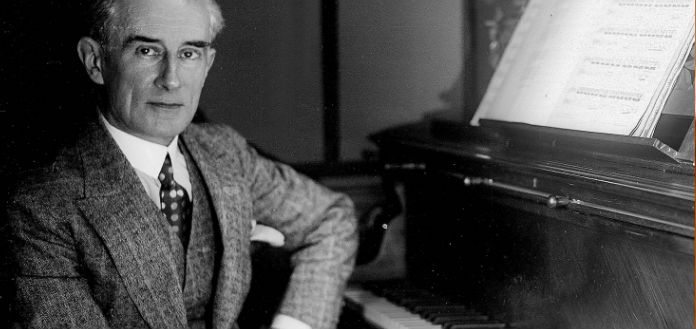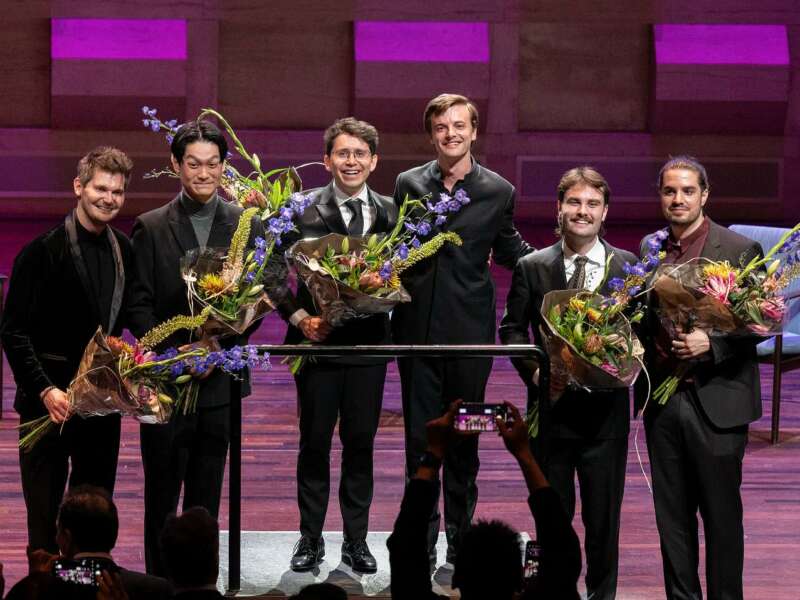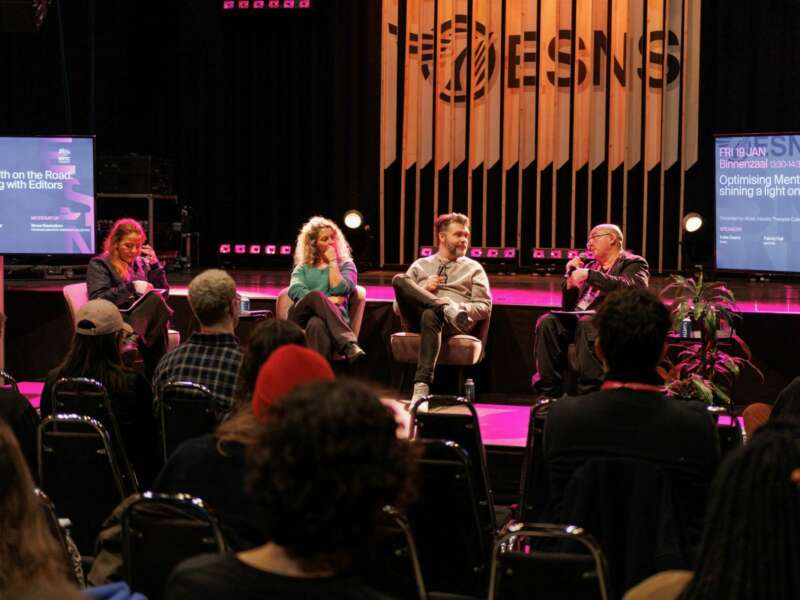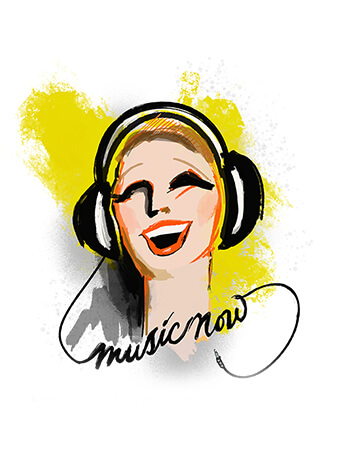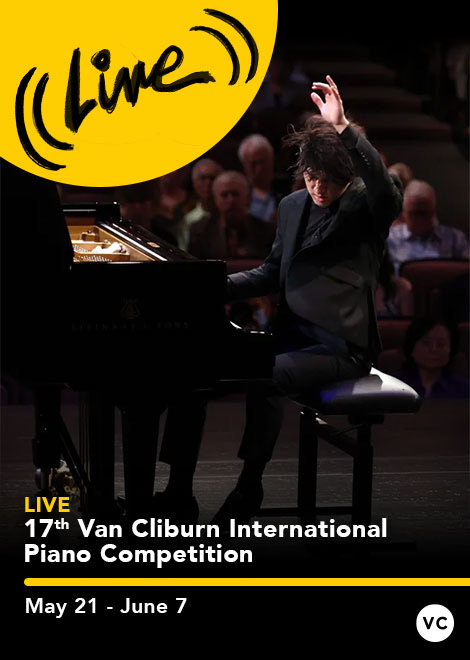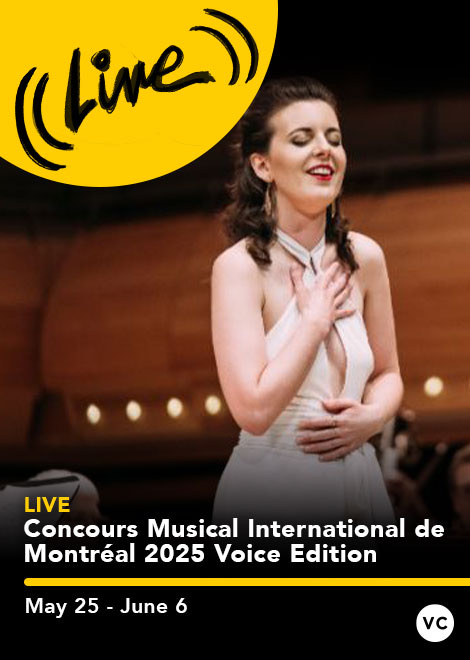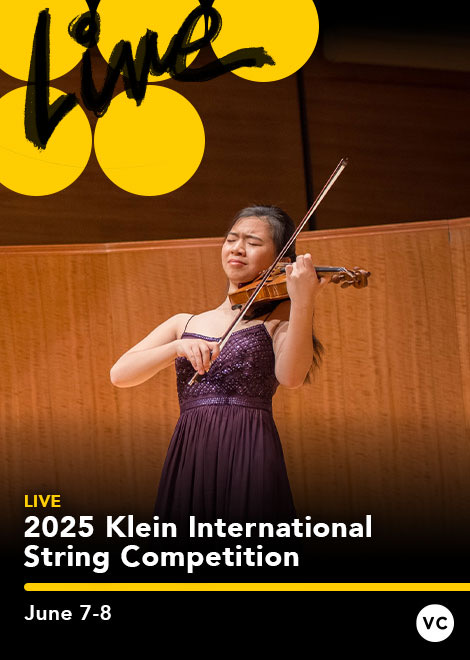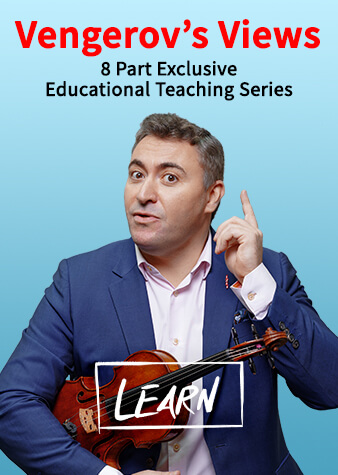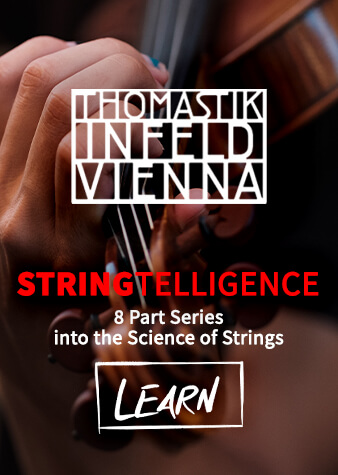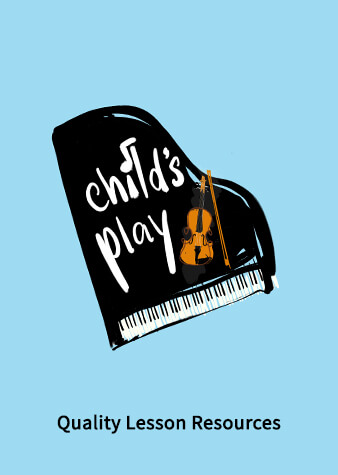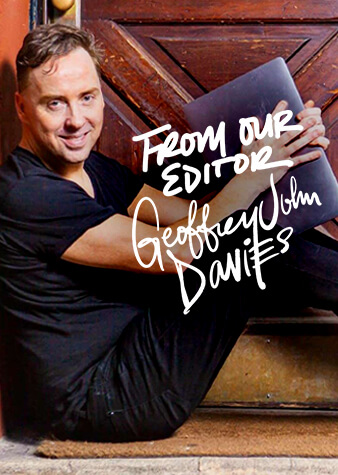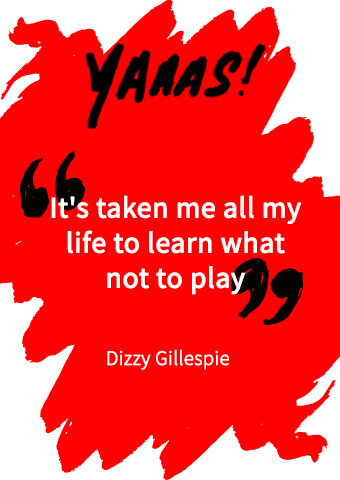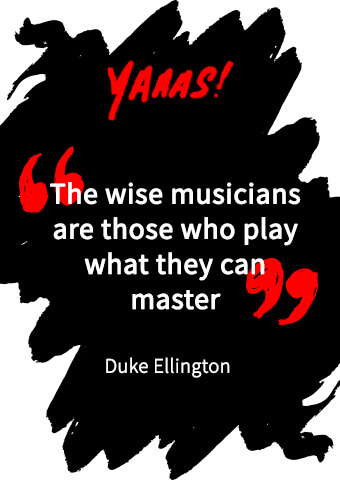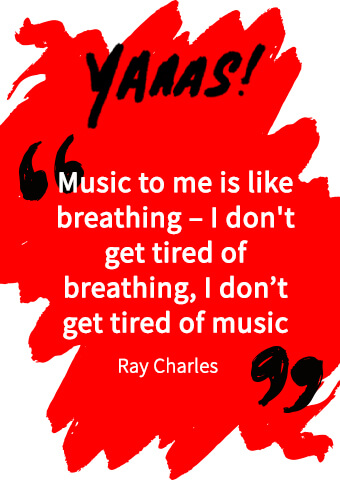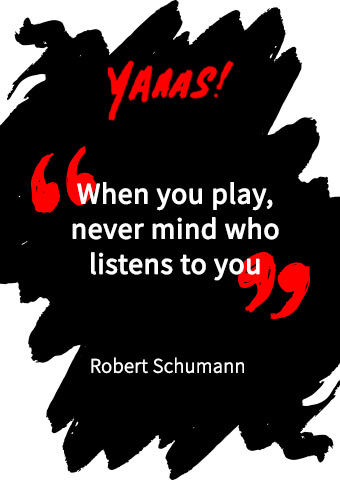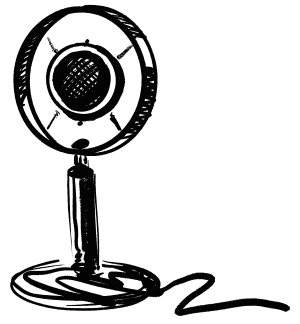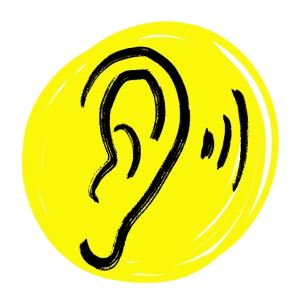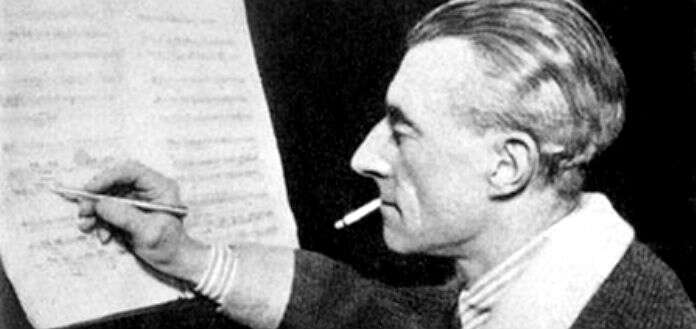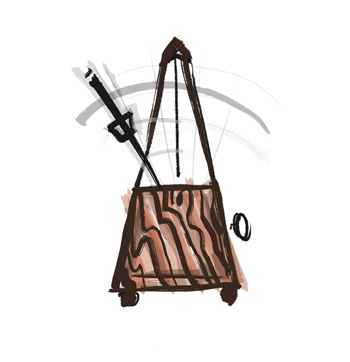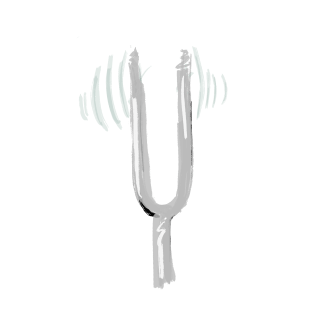French Composer Maurice Ravel Was Born in 1875
The composer, pianist and conductor was one of the most prominent figures associated with Impressionist Music
Maurice Ravel was born on the 7th of March, 1875 in the Basque town of Ciboure, France, about 11 miles (18 kilometers) from the Spanish border. His father was a successful French inventor, engineer, and manufacturer and his mother was Basque. The family moved to Paris three months after Maurice’s birth. Maurice was particularly devoted to his mother; her Basque-Spanish heritage was a strong influence on his life and music. Among his earliest memories were folk songs she sang to him.
When he was seven, Ravel began piano lessons with Henri Ghys, a friend of Emmanuel Chabrier, and five years later, in 1887, he began studying harmony, counterpoint, and composition with Charles-René, a pupil of Léo Delibes. Ravel's earliest known compositions date from this period are "Variations on a Chorale" by Schumann, "Variations on a Theme" by Grieg, and a single movement of a piano sonata. They survive only in fragmentary form.
With encouragement from his parents, Ravel auditioned for the Conservatoire de Paris in 1889 and was initially accepted into the preparatory piano class of Eugène Anthiome. In 1891 Ravel progressed to the classes of Charles-Wilfrid de Bériot, for piano, and Émile Pessard, for harmony. Also in 1891, Ravel won the Conservatoire's piano competition.
Ravel was expelled from the conservatoire in 1895 and decided to concentrate on composition. He was readmitted to the Conservatoire in 1897, studying composition with Gabriel Fauré, and taking private lessons in counterpoint with André Gedalge. He was dismissed again in 1900, although he remained an auditor in Fauré's studio until 1903, but by then, Ravel was forging his own path as a composer.
Ravel was in awe and influenced by new Russian works (particularly Rimsky Korsavov) and Javanese gamelan. These influences as well as his Basque heritage are evident in his famous works Daphnis and Chloe (1912), Bolero (1928), and his piano concertos. Other famous works include Pavane pour une infante défunte (1899), Le Tombeau de Couperin (1917)and La Valse (1920). Ravel discovered jazz in the 1920s, which resulted in works like his Violin Sonata in G Major (jazz influence especially evident in the 2nd movement titled “Blues”).
During the later years of his life, Ravel suffered from aphasia. He died on December 28th, 1937 as a result of experimental brain surgery, after suffering a head injury in a car accident.
Today, along with Claude Debussy, Ravel is remembered as one of the most prominent figures associated with Impressionist Music — with much of his piano, chamber, vocal, and orchestral works having entered today’s standard concert repertoire.
CHARLES YANG & PETER DUGAN | RAVEL | VIOLIN SONATA NO.2 "BLUES" | VANGUARD CONCERT SERIES 1
june 2025
july 2025


